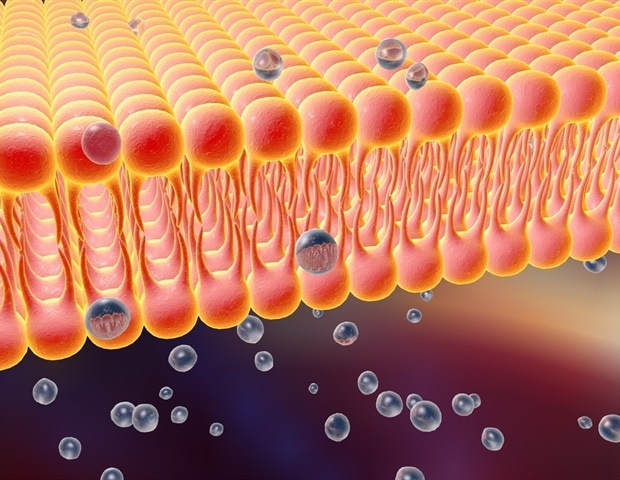
Today, the Heart Rhythm Society (HRS), Asia Pacific Heart Rhythm Society (APHRS), and Latin American Heart Rhythm Society (LAHRS) released a new clinical practice guideline on cardiac physiologic pacing (CPP) strategies to restore ventricular synchrony and improve cardiac performance. The 2023 HRS/APHRS/LAHRS Guideline on Cardiac Physiologic Pacing for the Avoidance and Mitigation of Heart Failure is intended to provide guidance to clinical cardiac electrophysiologists, cardiologists, and other clinicians on the use of CPP, which includes cardiac resynchronization therapy and conduction system pacing, in patients with indications for pacemakers or heart failure. The guideline appears in Heart Rhythm, published by Elsevier.
Heart failure is a leading cause of morbidity and mortality and is responsible for significant healthcare costs. Cardiac resynchronization therapy has been shown to reduce heart failure symptoms and improve heart function and survival rates in select patients.
Over the past few years, new data have emerged on the optimization of pacing techniques and new pacing-related therapies to improve survival in patients with heart failure. With recent advances in technology, conduction system pacing has emerged as a potential alternative to traditional pacing and cardiac resynchronization therapy.
The field of physiologic pacing has undergone significant expansion and these technological advancements gave rise to questions regarding patient selection, indications, and follow-up procedures. We hope that this guideline answers those questions and provides evidence-based practical guidance on pacing practices in patients with heart failure.
Mina K. Chung, MD, FHRS, from the Cleveland Clinic and Chair of the guideline
Throughout the guideline, the authors emphasize the importance of shared decision-making between providers and patients when considering treatment with a CPP device. These discussions should account for the patient’s values, preferences, and care goals, while considering the potential advantages and risks associated with the pacing therapy. In addition, the authors acknowledge there remain critical gaps in our current understanding within the field and highlight novel directions for future research.
“More randomized trials and long-term data are required, specifically around clinical outcomes from conduction system pacing,” said Kristen K. Patton, MD, FHRS, from the University of Washington and Vice-Chair of the guideline. “We’ve identified several areas for future study, and we hope this document will serve as a valuable guide for researchers and industry partners involved in the advancement of these devices and procedures.”
This guideline is the outcome of an international collaboration among renowned experts in the fields of electrophysiology, cardiology, pediatric electrophysiology and cardiology, as well as biostatistics and epidemiology. The writing committee actively involved a patient partner in the development process to ensure that the recommendations prioritize delivering the best possible patient care aligned with patients’ desires, requirements, and preferences. The HRS-led guideline was developed in partnership with and endorsed by APHRS and LAHRS, and in collaboration with and endorsed by the American College of Cardiology, the American Heart Association, the Heart Failure Society of America, the International Society for Holter and Noninvasive Electrocardiology, and the Pediatric and Congenital Electrophysiology Society.
The guideline is jointly published in Heart Rhythm and the Journal of Arrhythmia. Its release will coincide with a session at Heart Rhythm 2023 in New Orleans-a premier event gathering heart rhythm professionals from around the world to advance the field of electrophysiology and improve patient outcomes through the exchange of groundbreaking science, innovative technologies, and life-saving therapies.
Source:
Journal reference:
Chung, M. K., et al. (2023) 2023 HRS/APHRS/LAHRS guideline on cardiac physiologic pacing for the avoidance and mitigation of heart failure. Heart Rhythm. doi.org/10.1016/j.hrthm.2023.03.1538.

